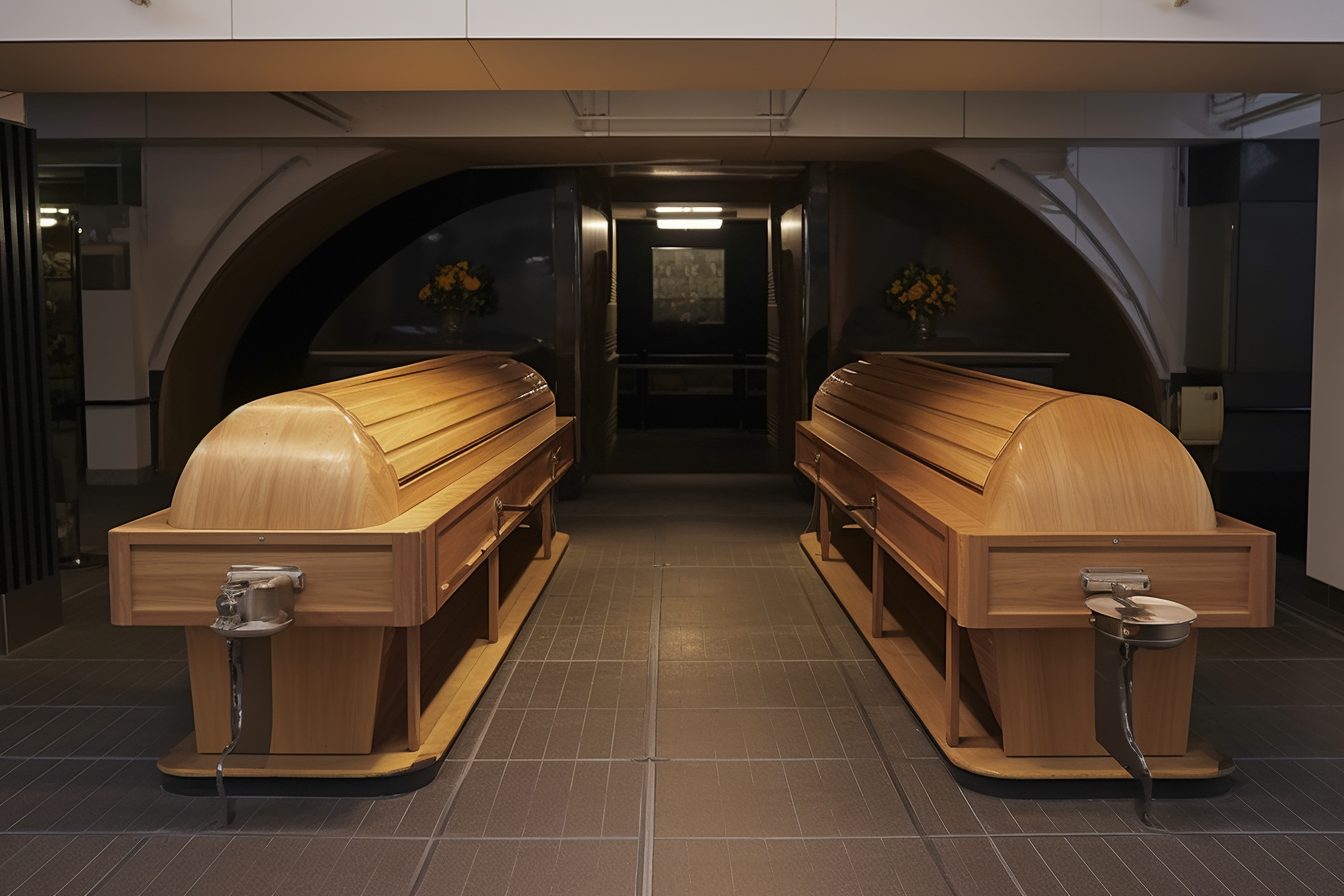Cremation Services: Options, Planning, and What to Expect
Choosing cremation is a deeply personal decision shaped by beliefs, culture, budget, and family preferences. Whether you want a simple, private arrangement or a full memorial service, understanding how cremation works helps you plan with clarity and confidence. This guide explains the major service types, essential paperwork, timelines, memorial choices, and how to find trusted local services, with a practical note on an odd keyword you might see online during research.

What is bulk_create_keyword in planning?
If you come across the term bulk_create_keyword on a provider’s website or in planning documents, it’s most likely a placeholder from digital templates. Some organizations use internal tags to organize web content or SEO assets, and a stray reference can occasionally appear on public pages. It doesn’t relate to cremation itself. When researching, focus on core details such as service types, authorization steps, and chain-of-custody procedures, and ask providers to clarify any unclear terms you encounter.
Cremation service types explained
Cremation can be arranged in several ways. Direct cremation is the simplest option: the deceased is transferred to a crematory, required authorizations are completed, and the cremation occurs without a formal service beforehand. Families may then hold a memorial later, with or without the urn present. A “full service” cremation includes a viewing or funeral prior to cremation, often with preparation and rental casket options. Some choose a celebration of life after the cremation, which can be held at a funeral home, house of worship, event venue, or outdoors if permitted by local regulations.
Legal paperwork and timelines
Expect some essential documents. Typically, an authorized person must sign a cremation authorization. A death certificate is filed by a medical professional or funeral provider, and local authorities may require a cremation permit. Identification procedures are important: reputable providers use checks such as unique tags and documentation at each step. Timelines vary by location and circumstances, but cremation generally occurs after the necessary paperwork is filed and any mandatory waiting periods have passed. Ask your provider for a clear timeline based on local requirements in your area.
Urns, keepsakes, and memorial choices
After cremation, the family receives cremated remains (often called ashes) in a temporary container or chosen urn. Urns range from simple to artist-made pieces, in materials like wood, metal, ceramic, or biodegradable options for scattering or burial. Some families select keepsake urns or memorial jewelry that holds a small portion of remains. Memorialization options include scattering in a meaningful place where allowed, placing the urn in a columbarium niche, interment in a cemetery, or creating a home memorial. Always check local laws and property permissions for scattering.
Cultural, religious, and personal preferences
Cremation practices vary across cultures and faith traditions. Some religions fully permit cremation; others allow it with specific guidelines; a few may discourage or prohibit it. Personal values also shape choices, from simple, private arrangements to elaborately planned celebrations. If certain rituals, prayers, or customs are important, discuss them early with your provider so timing, handling, and ceremonial needs are respected. Many funeral homes work closely with clergy or celebrants and can coordinate customs such as washing, viewing, or specific rites before cremation.
Choosing a trusted provider in your area
When evaluating local services, ask about licensing, facilities, and whether the funeral home operates its own crematory or partners with one. Request a clear explanation of their identification and tracking processes to ensure dignity and accuracy. Transparency matters: you should receive a detailed description of services, what’s included, and what is required from the family. Read recent reviews, tour facilities if possible, and assess communication—compassionate, prompt responses are key during sensitive times. If you encounter technical terms like bulk_create_keyword on a site, ask staff to clarify website content and provide straightforward documentation.
Eco-friendly considerations
Many families care about environmental impact. Traditional flame cremation uses energy and produces emissions, though its footprint varies by equipment and practices. Some regions permit alternative methods like alkaline hydrolysis (often called water cremation), which uses a water-based process and can reduce certain emissions compared with flame cremation. Availability depends on local laws and infrastructure. Biodegradable urns and green memorial options—such as tree pod burials or natural settings where permitted—can further align with sustainability goals. Ask providers what eco-conscious options exist in your area.
Planning details that make a difference
Thoughtful preparation can ease stress. Gather vital information early for the death certificate and authorizations. Decide who will attend any viewing or memorial and whether you want a religious or secular officiant. Consider music, readings, photos, and meaningful objects. If multiple family members are involved, designate a primary decision-maker to avoid confusion. Clarify how and when the urn or remains will be received, and discuss any travel or mailing needs in advance—there are specific rules for transporting cremated remains domestically and internationally.
Support and grief resources
Cremation planning happens alongside grief. Ask providers about support services such as grief counseling, support groups, or online resources. Communities often offer secular and faith-based options. Friends and family can help with tasks like creating photo displays, organizing a reception, or coordinating livestreams for distant relatives. Grief has no single timeline; it can help to plan check-ins or memorial moments in the weeks and months after the service, whether through gatherings, charitable donations, or personal rituals that honor a loved one’s memory.
Final thoughts
Cremation services can be tailored to reflect personal values, cultural traditions, and family needs. By understanding service types, legal steps, and memorial options—and by choosing a transparent, respectful provider—you can create a meaningful tribute. Keep your focus on clear communication, documented procedures, and the details that matter most to your family’s remembrance.






